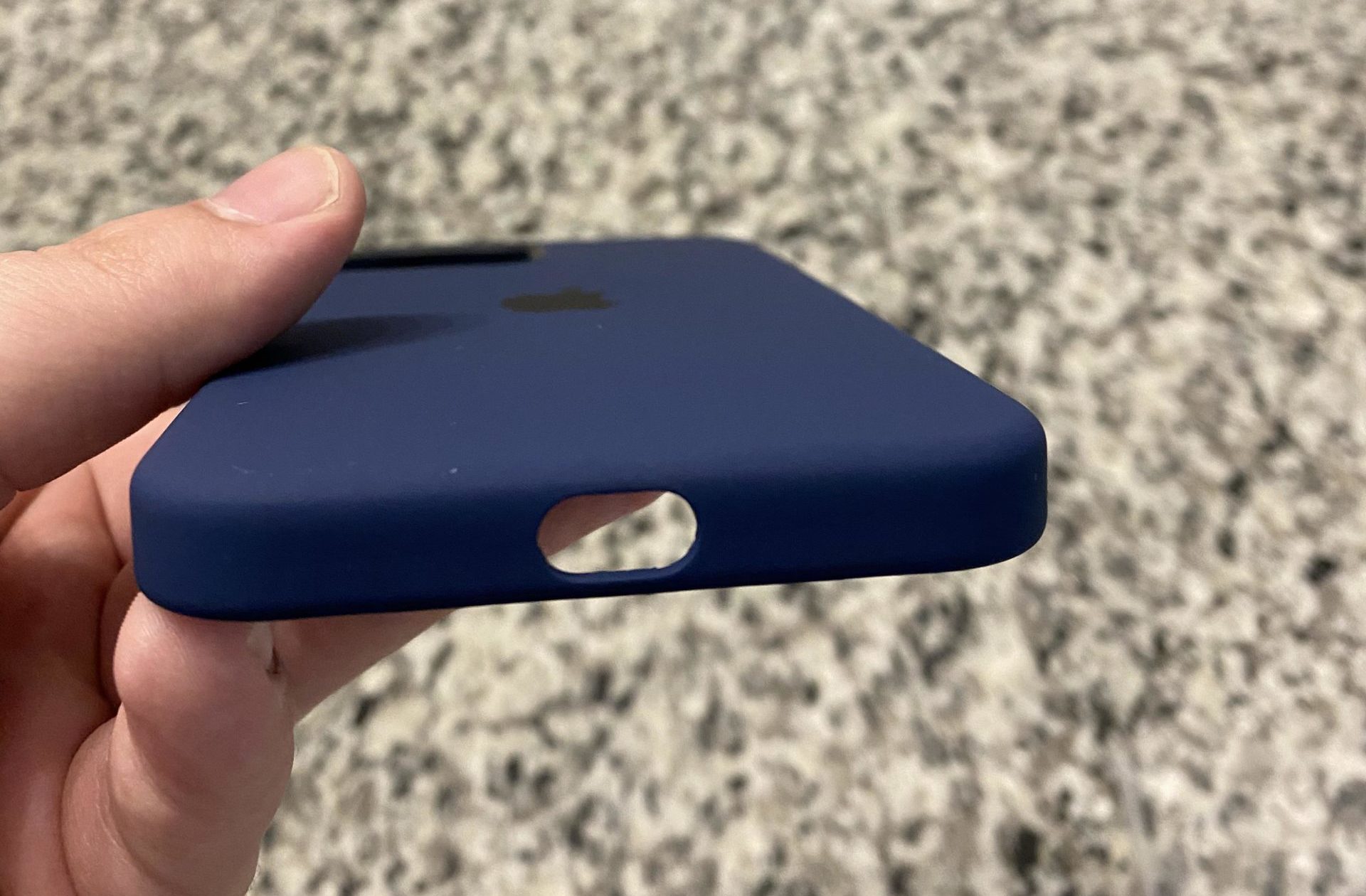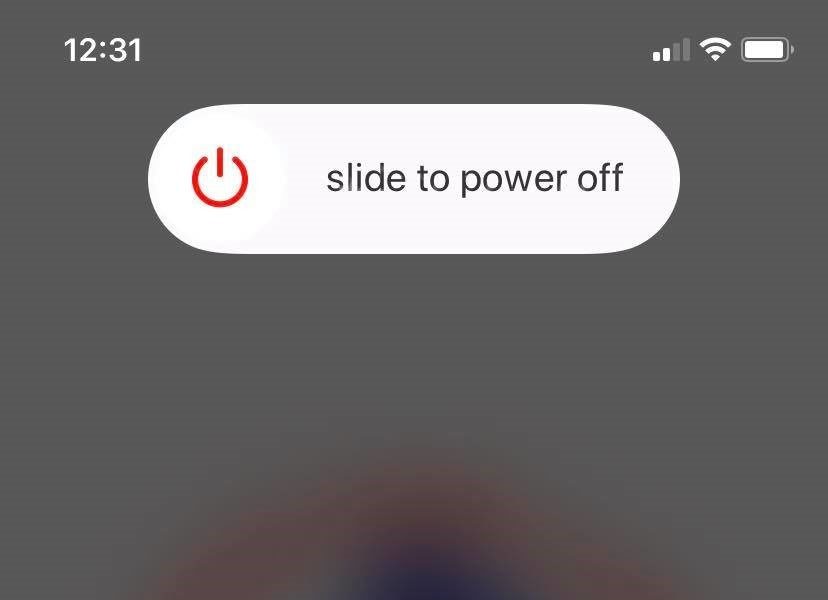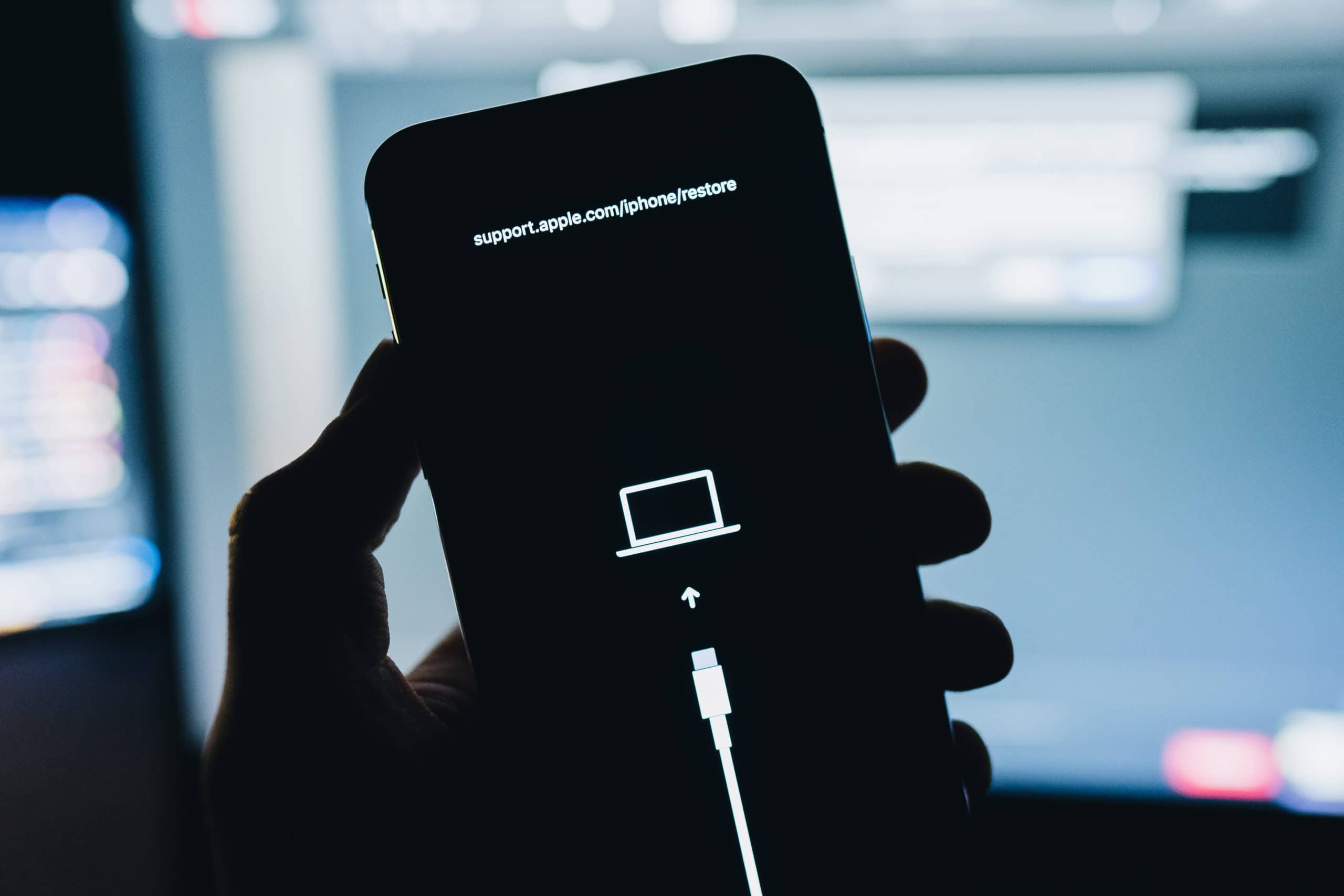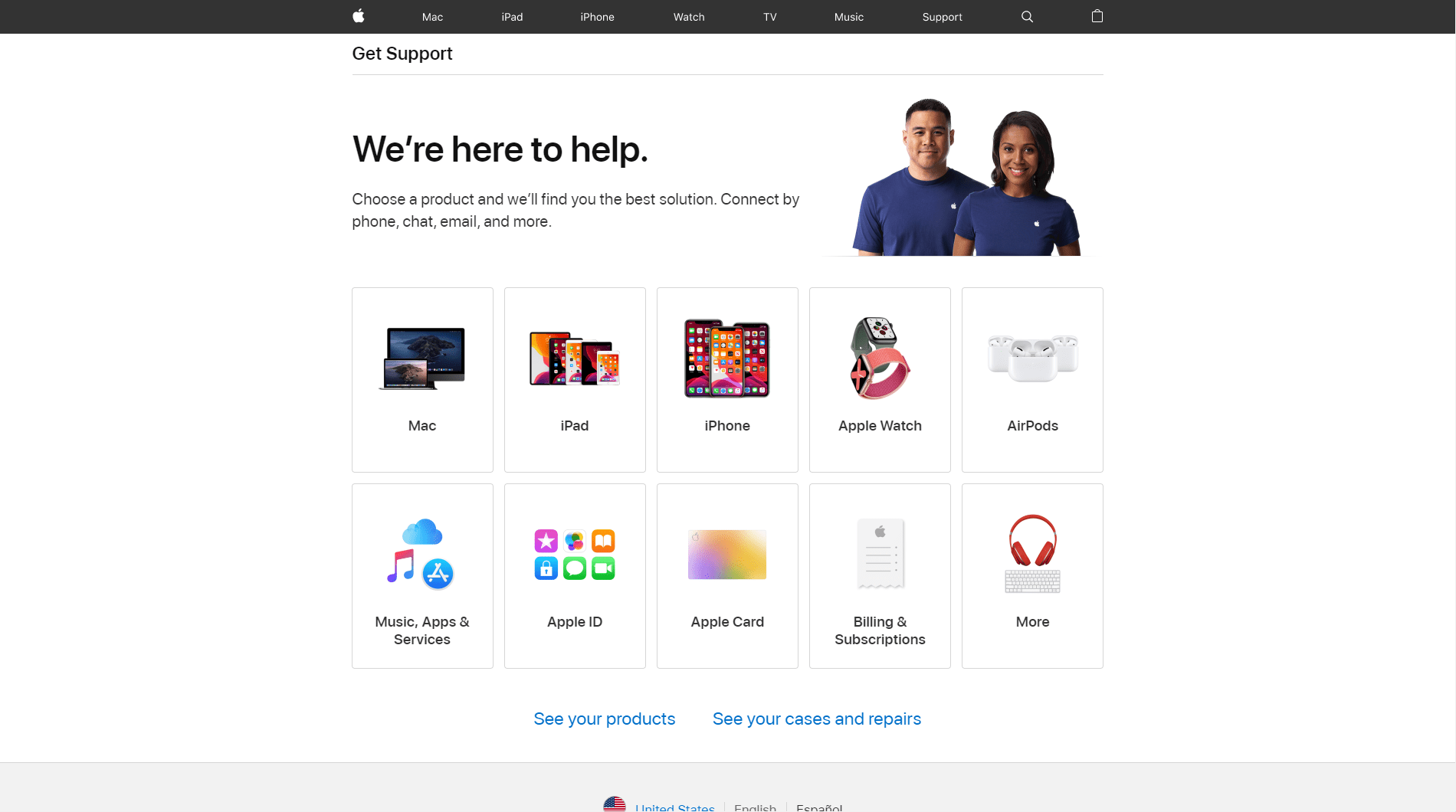Have you noticed if your iPhone 11 screen is not responding to touch?
How often do you use your iPhone in a day? If your answer is ‘all the time’, have you noticed if your iPhone is acting up? Specifically, did you ever see your iPhone 11’s screen not responding to touch?
It may have been found that some iPhone 11 devices are having a problem with their display module, which causes its screen to become unresponsive when being touched. There were also speculations that the last update that Apple released is what caused this issue.
Whichever the culprit is, it is more important to know how to fix this issue. In this guide, we have prepared a list of reliable methods to help you fix this “unresponsive” issue.
So if you are one of the affected users, let’s jump right in!
- 1. Remove The Phone Case.
- 2. Try A Restart Or Force Restart.
- 3. Reset All Settings.
- 4. Update To The Latest Version.
- 5. Put Your iPhone In Recovery Mode.
- 6. Try Dr. Fone.
- 7. Go To The Nearest Apple Store.
1. Remove The Phone Case.
One of the simplest reasons why your iPhone 11 screen is not responding to touch is because of your phone case. Yes, they do add protection to our devices, especially from physical damages. However, it may have some drawbacks.
Due to the additional layer of plastic or glass, this can result in the screen being unresponsive. To add to that, if you are using phone cases that cover your iPhone’s screen, this is also found to be the culprit.
What you can do to find out if this is the problem is to remove the phone case, then check if your iPhone’s screen will become responsive. Hopefully, this resolves your issue, but if not, let’s head over to our next suggestion.
If you are also experiencing camera issues on your iPhone 11 Pro Max, this step can also work. This means one fix for two different issues!
2. Try A Restart Or Force Restart.
If you have removed your phone case and it did not make any difference, you may want to restart your phone afterward to check if this was just the problem. Doing a restart is common troubleshooting to isolate whether the issue is on your iPhone’s software or hardware.
If in case the software is the cause, a few restarts will do. This helps eliminate any cache-related issues or temporary malfunctions in the phone.
Here’s how you can restart your iPhone:
- Start by pressing and holding the Power button (located on the right side of your iPhone) for a few seconds.
- Next, a prompt with a red slider showing ‘slide to power off’ will appear. Drag this slider to the right to turn off your iPhone.
- Then, press down the Power button again until you see the Apple logo. This will turn your iPhone back on.
However, if a regular restart does not work, you can choose to perform a force restart. This has the same effect when doing a regular restart, but if your iPhone is hanging or freezing, forcefully doing a restart is the only way to get it up and running.
Unlike the regular restart, a force restart is a hardware-level reset. What it does is to physically stop your phone’s battery from connecting to your phone in order to turn it off, so the process differs for every iPhone model.
Here’s how you can do a force restart:
- Start by pressing and quickly releasing your iPhone’s Volume up button.
- Then repeat this step for the Volume down button.
- Next, press and hold the Power button until your iPhone turns off.
- After that, wait for a few minutes until the Apple logo appears before releasing the Power button.
Now, you may check if your screen is still not responding to touch. It will be useful to know if this has already fixed your issue, so let us know in the comments section!
If your iPhone 11 is also getting hot after charging it, you may use the same fix. Your device will definitely appreciate a restart every now and then.
3. Reset All Settings.
If you have tried doing a regular and a force restart, you may want to try resetting all your settings. A lot of users would not even wish to do this step, but this is still something you can try.
Even though it will return your settings to the default, such as re-entering your Wi-Fi passwords, face recognition, location and privacy settings, and other settings, we assure you that it will not remove your data and media. But just to be safe, ensure that you back-up your iPhone before trying this out.
Here’s how you can ‘Reset All Settings’:
- Start by opening your iPhone’s Settings app and go to General.
- Once you’re there, look for Reset.
- Next, select Reset All Settings.
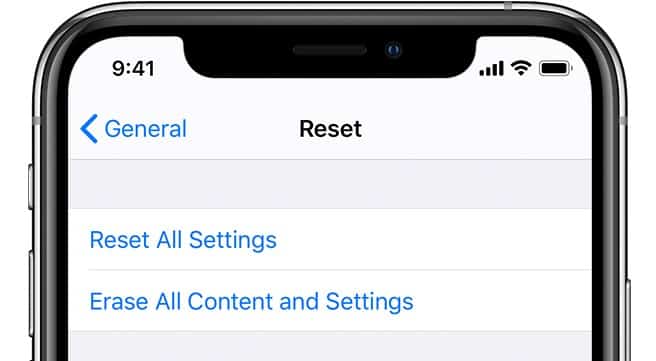
- Then, if you are asked, enter your passcode or Apple ID password.
- After that, confirm that you want to reset all settings on your iPhone.
- Finally, your iPhone will automatically restart and load the default values and settings.
When you’re done, you may need to re-enable some features, but you should be all set after that. Your screen should be as responsive as it was before, making you a happy iPhone user again.
4. Update To The Latest Version.
iOS 14 may not be to your liking due to the disappointing issues that it caused, but this should never hinder you from updating to the latest iOS version. You may be traumatized by the last update, but you will never know if the latest version has the fix if you did not try it, right?
Before starting, ensure you’re always connected to a Wi-Fi network. You should also have at least 50% battery life to prevent interruptions on your update.
Here’s how you can update to the latest version:
- Start by opening up your iPhone’s Settings app.
- After that, go to Software Update and check if an update is available.
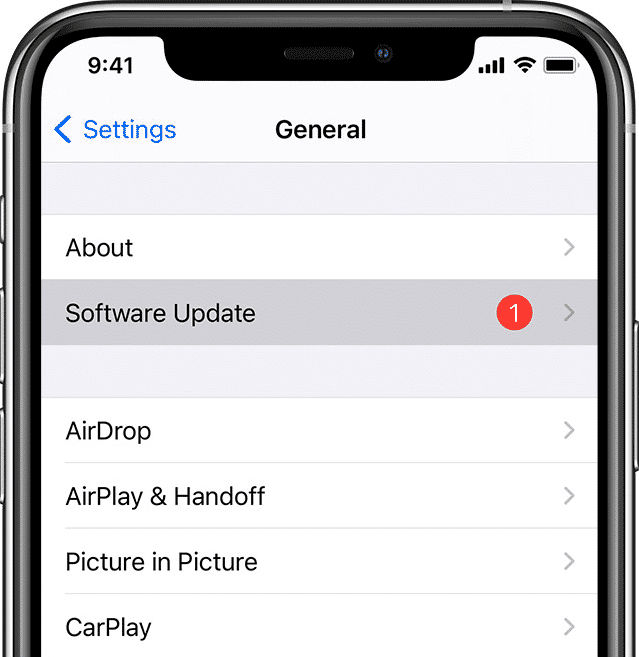
- Once an update appears, tap Install Now to begin updating your iOS, which will take a few minutes to an hour, depending on your network.
- Lastly, your iPhone will automatically restart once the update has been finished.
With that out of the way, you may check if your iPhone 11 screen is still not responding to touch. Hopefully, the latest update contains the fix, but don’t lose hope as we still have a few more methods that you can try.
5. Put Your iPhone In Recovery Mode.
If, after updating your iPhone to the latest version still did not work for your iPhone 11, you can put your iPhone in ‘Recovery Mode’, then restore it using your Mac. This can repair fatal system errors like the screen unresponsiveness of your iPhone 11, hence, making it possible for iTunes to repair any corrupted system components which may have caused the issue.
Before performing this one though, you need to ensure that your Mac or iTunes application is up-to-date. This will save you time if you always update your Mac or iTunes to the latest version.
Here’s how you can put your iPhone in ‘Recovery Mode’:
- Start by connecting your iPhone to your Mac.
- Next, open Finder (on Catalina) or iTunes (on Mojave or lower versions).
- After that, press and quickly release your iPhone’s Volume up button.
- Then repeat this step for the Volume down button.
- Once that is done, press and hold the Side button until you reach the ‘Recovery Mode’.
- A window should open up on your screen asking you to choose between Update or Restore. Choose Update.
- Finally, wait for a few minutes until the update has been completed.
Now, check if your screen becomes responsive just like before. If it did, congratulations! Fortunately, this has fixed the issue for you, enough for it never to come back.
6. Try Dr. Fone.
Have you used Dr. Fone before?
More and more users are trying out Dr. Fone as it ensures that your privacy is thoroughly protected with its data encryption and advanced fraud protection features. Aside from that, it is also an all-in-one tool for both iOS and Android devices, which you can use for data recovery and eraser, phone transfer and backup, and many more.
You will never have to worry about data loss or performance issues such as the iPhone 11’s screen not responding to touch, as this is all the tool that you need. Furthermore, you don’t need to use various software for different issues, which saves your time and energy.
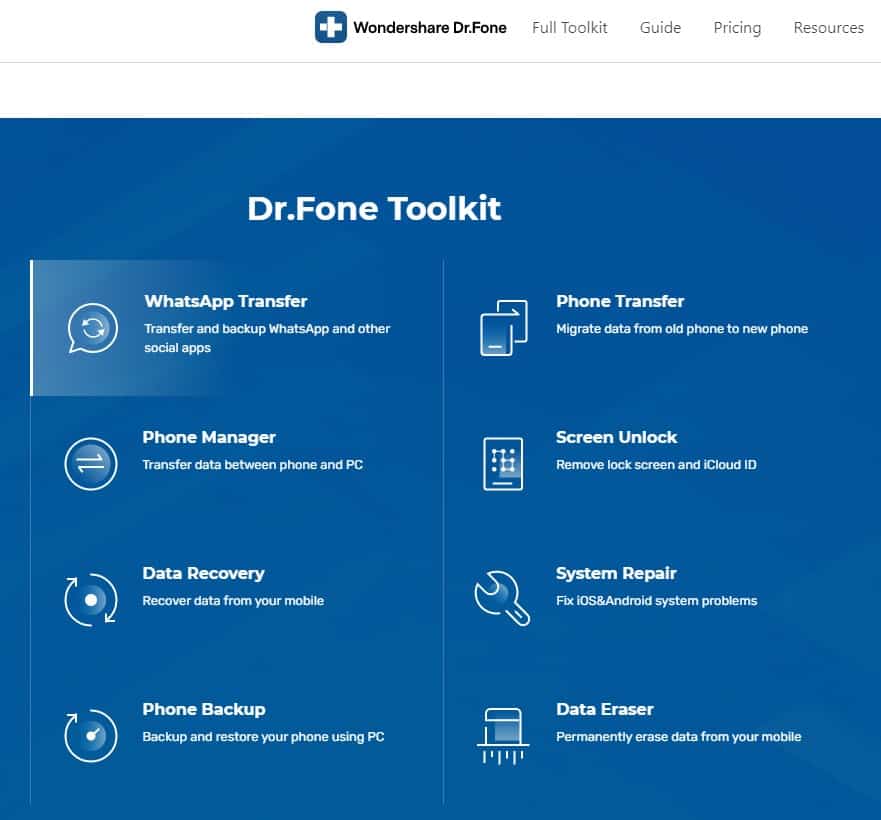
Plus, it is really easy to use, which makes it very convenient and efficient. It can also be compared to iTunes, but way better than it.
Check it out and see it for yourself!
7. Go To The Nearest Apple Store.
As with other iPhone and iOS issues, it is always a must to go to your nearest Apple Store if you have already exhausted all the methods in our list. If nothing seems to work, this should always be the last step on your list.
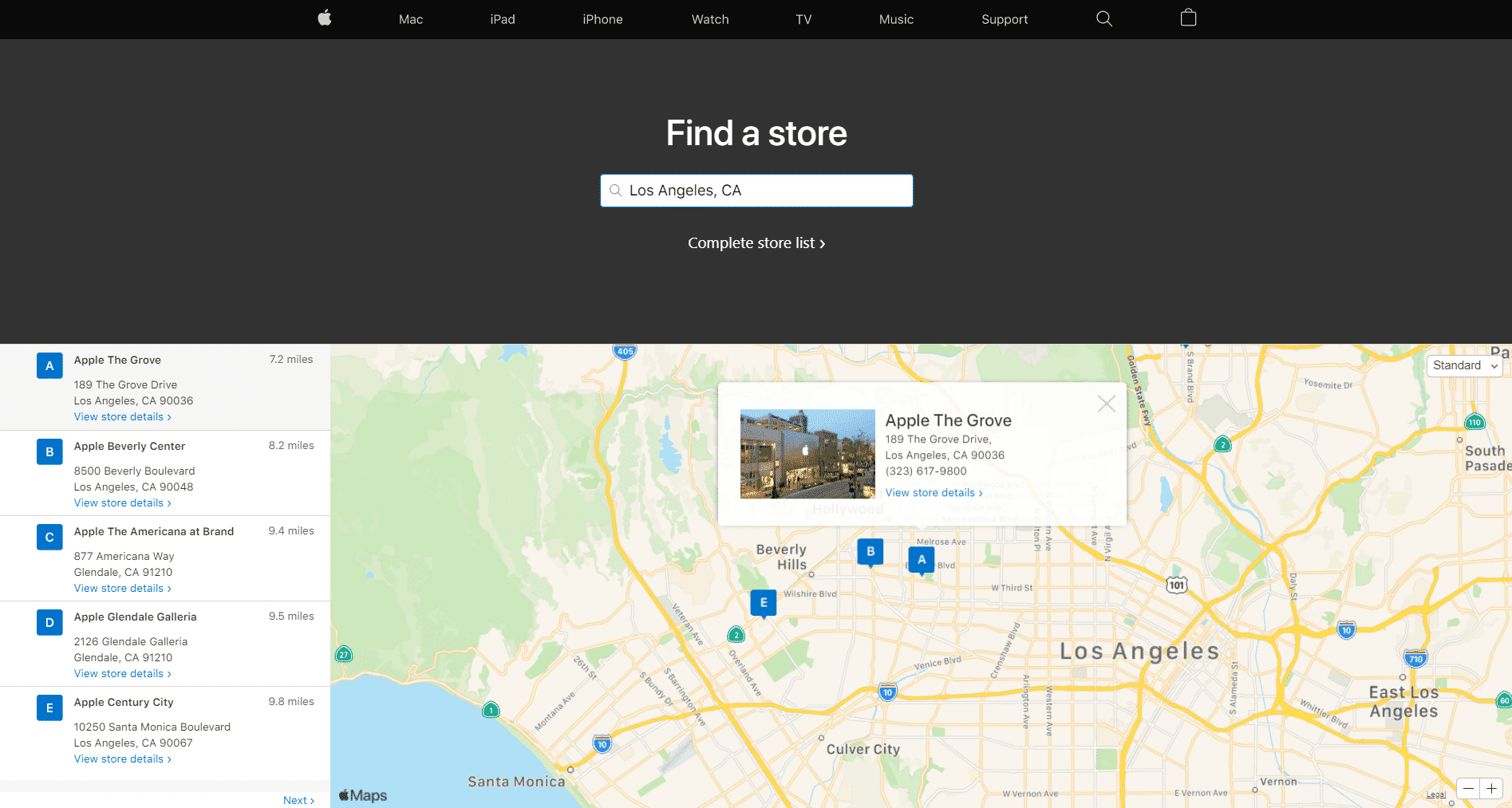
Just take note that before you go, ensure that you have a backup of all your data as Apple support may proceed with restoring your iPhone 11 to its factory setting. And if all else fails, you are free to ask for a refund or exchange.
This concludes our article on how you can fix the iPhone 11 screen not responding to touch, but if you have any questions, or probably an update for us on this issue, you can comment them down below. We are looking forward to your feedback!
If this guide helped you, please share it. 🙂





